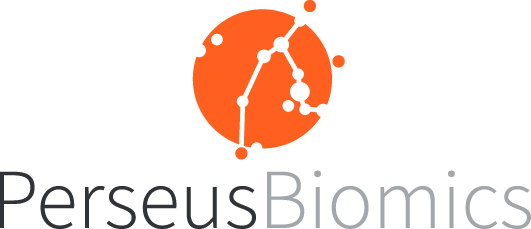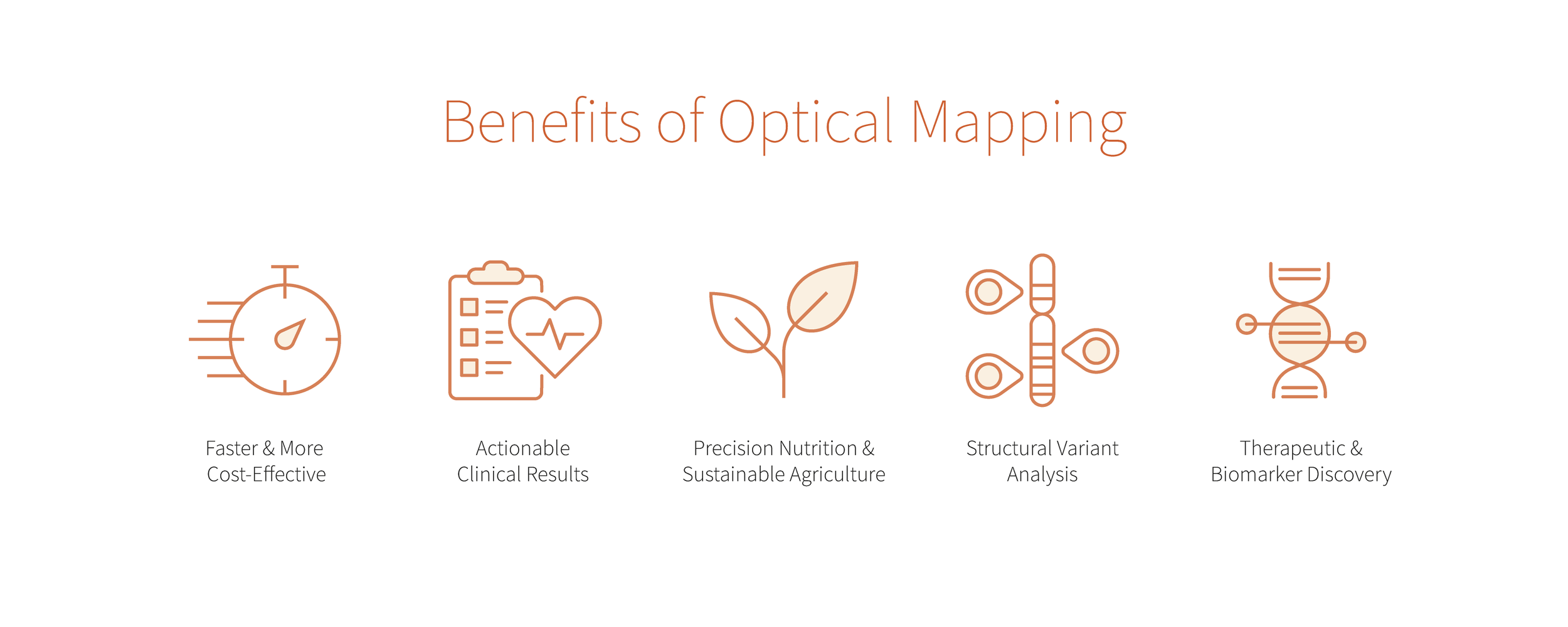Illuminating Microbes: Unveiling the Strengths and Weaknesses of Optical Mapping in Microbiome Profiling
Introduction
Have you ever wondered how scientists can uncover the intricate details of the microbial world? Where they can dive deep into the microscopic realms of microbial populations, from the inner workings of the human body to the vast landscapes of agricultural fields. It's not just a sci-fi dream but a reality that is revolutionizing everything from personalized medicine to sustainable agriculture. The answer lies in the powerful technique of optical mapping! By visually detecting chromosomal variations associated with disease risk, optical mapping has emerged as a valuable tool for microbiome profiling. In this article, we will explore the intricacies, idiosyncrasies, and potential applications of optical mapping as it takes centre stage in the fascinating world of microbiome profiling.
Understanding Optical Mapping
Optical mapping, first introduced by the brilliant David Schwartz in the 1990s, is a cutting-edge technique that allows researchers to visualize the structure of DNA molecules in a genome. Fast forward to the 2020s, the development in high-resolution microscopy combined with DNA fluorocoding, brings the method to new heights. Optical mapping is now gaining prominence as a standout approach in metagenomics research! It creates high resolution pictures of the intricate structural variations within a microbial genome. This technique provides a high-resolution map revealing microbial genomes’ unique content and structure, further showcasing insertions, deletions, and sequence flips with an incredible precision and taxonomic resolution. It's like creating mesmerizing patterns, where every groove and bump becomes a unique "fingerprint" or "barcode" of the genome.
But this novel metagenomics method isn’t merely a DNA structure visualization tool; It is a new key to unlocking microbiomes composition and its relation to health and diseases. It's helping unravel the complexities of the microbiome that can provide crucial information about our well-being.
Traditional metagenomics methods for reading these chromosomal variations, such as sequencing approaches, have their own set of limitations. And while some applications can benefit from both techniques, in specific cases optical mapping swoops in to steal the spotlight, detecting structural variants and profiling microbial strains faster than you can say "Prokaryote chromosomal plasticity."
The Benefits of Optical Mapping
Faster and More Cost-Effective
Optical mapping is the maverick of speed and cost-effectiveness, making traditional techniques look like they're stuck in slow-motion. While sequencing approaches require time, labour and complex bioinformatics pipeline that in turn require a certain level of expertise, optical mapping can be more automated and objective, making it a faster and more efficient method.
Actionable Clinical Results
Optical genome mapping holds great potential in clinical applications, particularly in clinical metagenomics and personalized medicine, proving itself to be a leader in microbiome profiling in the clinical scene. Traditional sequencing methods might take longer and end up costing more, as it requires large sample batch size (often 100+ samples), which can further delay time-to-results. Alternatively, optical mapping offers a fast and cost-efficient alternative, enabling clinicians to obtain actionable results quickly and Perseus Biomics is perfectly positioned as the go-to solution for treatment impact monitoring and longitudinal tracking. It's the microbiome's answer to same-day decisions, making it perfect for everything from faecal microbiota transplantation (FMT) to tracking immuno-oncology treatment responses. It's not just a test; it's a microbiome mic drop!
Precision Nutrition and Sustainable Agriculture
Microbes are like VIPs in the world of health and agriculture, and they demand real-time attention. Optical mapping is the VIP pass, providing a speedy and cost-efficient way to analyse the microbiome. This way, nutritionists and agronomists get to make crucial decisions on the fly, using valuable insight to make targeted dietary interventions, or to optimise crop yield and pest resistance.
Structural Variant Analysis
Unlike eukaryotes, prokaryotes are characterized by extensive structural variations, that in some cases, is all that differentiates strains of the same species. Detecting genetic structural variations is like searching for treasures hidden in plain sight, often overlooked by traditional sequencing methods due to their narrow focus, whereas optical mapping excels at detecting them with precision. The dominant sequencing-based methods for detecting structural variants (short-read sequencing by synthesis) has limited reach in this regard as the sequenced fragments are only a couple of hundred base pairs long. This makes it less suitable for characterizing structural variations like inversions, duplications, and transpositions that involve large DNA fragments spanning tens or hundreds of thousands of base pairs. It's like trying to capture the grandeur of a symphony with just a few musical notes. Long read sequencing approaches have mitigated this limitation but comes at higher price tag. While traditional methods serve as a magnifying glass to capture subtle nuances, optical mapping effortlessly reveals the broader picture and spots complex chromosomal structures that other approaches might miss. This provides genetic researchers and precision medicine enthusiasts with a front-row seat to the genomic architecture of microorganisms. DynaMAP, in particular, can differentiate between microbial strains that have highly similar genetic content but differ in their genome structure.
Therapeutic and Biomarker Discovery
In the thrilling adventure of microbiome research for therapeutic and biomarker discovery, low bias and high taxonomic resolution matters, and DynaMAP takes the stage. With its high-quality data, this technology brings a refreshing approach, introducing fewer workflow steps and minimizing sample manipulation. It seamlessly eliminates biases by skipping PCR, library prep, and read assembly. With each move, DynaMAP harmonizes the experimental decisions made by researchers, reducing the "researcher's degree of freedom" and enhancing the reproducibility and aggregability of data. It's like following a perfectly synchronized dance routine, ensuring consistent and reliable results. Move over false positives and negatives; optical mapping is here to accelerate personalized treatments and save the day for patient outcomes.
This flawless performance not only improves data quality but also allows scientists to distinguish true biological insights from false positives or false negatives. This enables researchers to discover new microbiome-based biomarkers and therapeutic targets, accelerating personalized treatments.
Limitations of Optical Mapping
Despite its star-studded performance, optical mapping knows it too has limitations. There are places where other techniques, like sequencing, still hold the crown.
New microbial species discovery
Optical mapping might be the headline act, but it can't steal the show when it comes to discovering new microbial species. Sequencing takes the lead in enabling the detection of previously undescribed or undocumented species thanks to de-novo sequencing approaches. However, as mentioned above, optical mapping can be useful by complementing these sequencing approaches for the assembly of new genomes and thus overall increase of database quality.
Short Sequence Variant Detection
If you're into the nitty-gritty details, optical mapping might not be your go-to for detecting single-nucleotide level variants, such as single nucleotide polyphormisms (SNPs). When it comes to spotting those intricate details at the molecular level, targeted PCR-based enrichment and next generation sequencing take the spotlight.
Conclusion
Optical mapping isn't just a new instrument to play the same old tune; it's a headliner in the microbiome concert. With its unique mix of speed, cost-effectiveness, and ability to resolve microbiomes with a taxonomic resolution down to strain-level, it's set to revolutionize everything from personalized medicine to sustainable agriculture. But like new technology, it recognises its limitations. In a world where microbiome analysis growing from year to year, optical mapping is proving to be an essential approach in the expansion of this field. With ongoing research and validation, optical mapping is primed to become the method of choice, driving innovation and enabling us to decode the intricate secrets that surround us in the microbial realm. It's like opening the doors to an exciting new chapter in our understanding of the microbiome, where optical mapping leads the way.



